The Do-It-Yourself Kitchen-Cleaning Guide For Do-It-Yourself-ers
You’re strong, independent and have a few great recipes in your back pocket. Your kitchen is a haven second only to your bedroom and you know how important it is to keep it functioning properly, and…clean. It’s also a priority for you that the ingredients you use to clean the things you cook in -and on – are not harmful or dangerous.
If this all sounds familiar then this is the article for you. I’m going to run down a comprehensive list of safe, do-it-yourself products that you can feel good about applying to your most commonly used kitchen items.
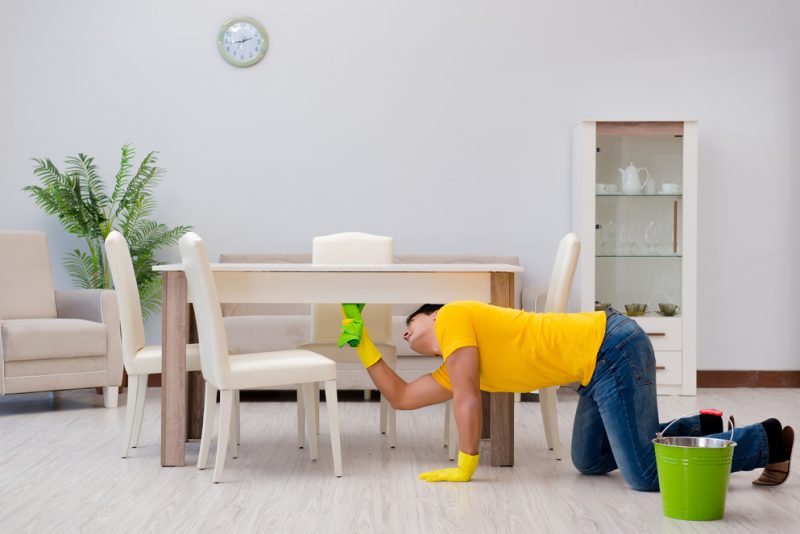
Your New Shopping List
Make sure you have the following items on hand at all times when cooking/cleaning in your kitchen:
- A Spray Bottle
- Clean Cloths and Sponges
- A Juicer
- Baking Soda
- White Vinegar (preferably distilled)
- Lemons and/or Lemon Juice
- Olive Oil
- Liquid Castile Soap (unscented)
- Essential Oils of your choosing (organic if possible)
An Essential Oils Brief
Essential oils are defined as “a natural oil typically obtained by distillation and having the characteristic fragrance of the plant or other source from which it is extracted.” They come in a wide variety of scents and are often used in diffusers, which release steam into the air that carries the scent of the oils around the room.
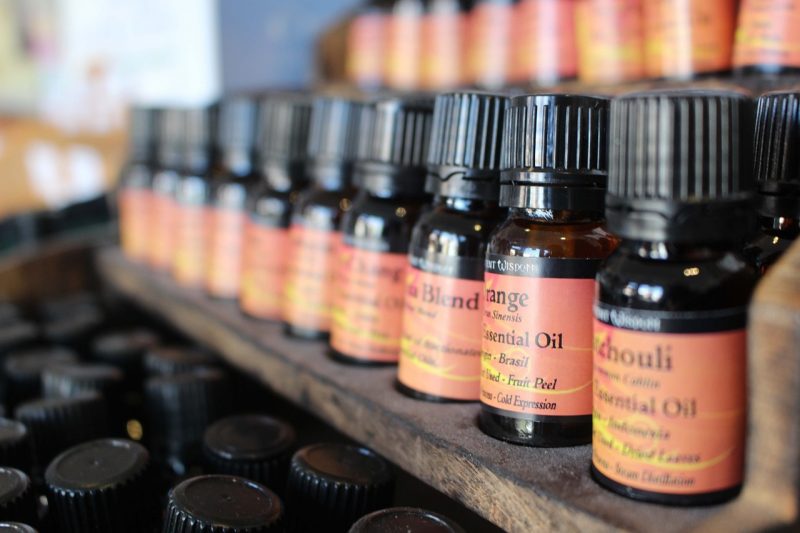
They have actual cleaning powers. Also, since essential oils are plant-based, many allergies to chemical solutions can be avoided. Make sure to dilute the oils if applying directly to your skin, and of course avoid putting them in your eyes. Lastly, please use common sense. If you are allergic to oranges, don’t use an orange-based essential oil.
Your New Spray Cleaner
Like all products you want to test this one out on a small area before fully going to town in your kitchen. Mix water, white vinegar and an essential oil of your choice in your spray bottle. The oils with the best cleaning properties are lemon, orange, peppermint and tea tree, but you can use whatever you want.
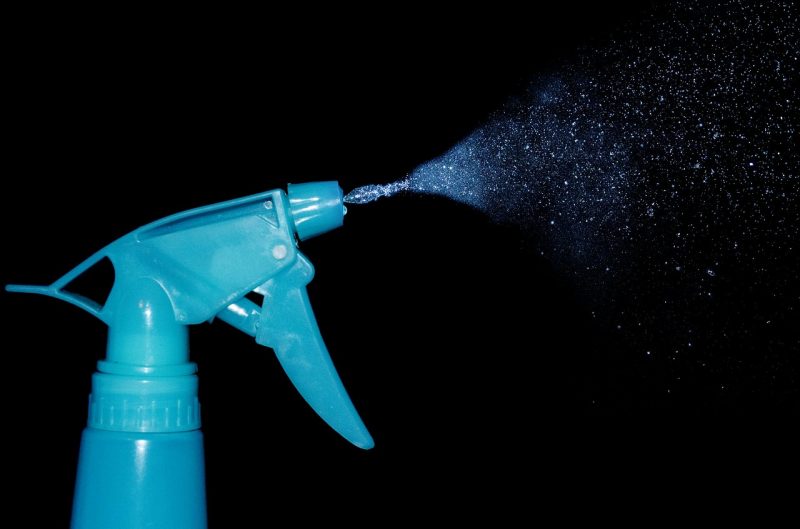
Notes: This mix is acidic in nature and can damage stone, marble and wood surfaces. It’s safe for you and your food, though, and you can comfortably use it on and in your fridge as well as all countertops and cabinets not made of stone, marble or wood.
Refurbish Your Fridge
Castile soap is my favorite type of soap to use. It’s common in certain circles and not-so-well-known in others (at least in America). I absolutely love Dr. Bronner’s Peppermint Soap. Its scent is strong, though, so you might want to look into other scents (or the unscented version) for this next solution. Food in your refrigerator goes bad before you notice it. Cleaning out the food-box on a regular basis needs to be a priority to help keep you healthy. I know, it’s a pain because you have to take everything out. And, you can’t use synthetic chemicals in there that could poison your food.
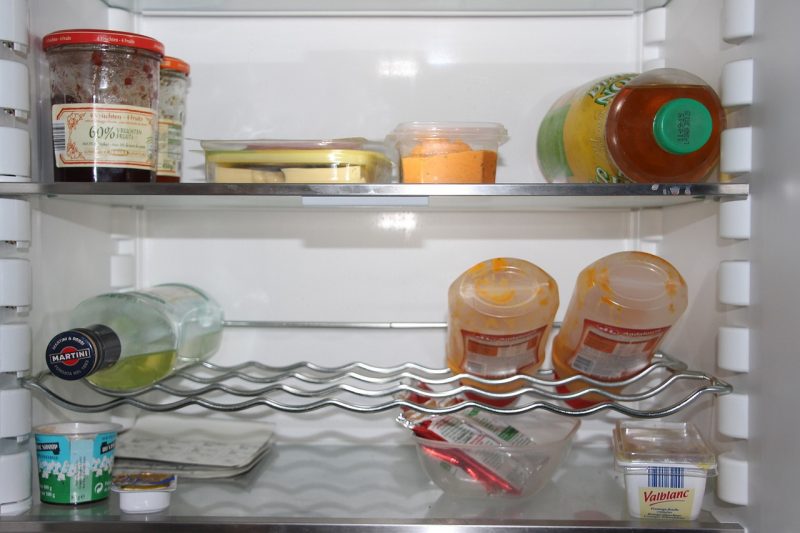
Mix together just a few dabs or your choice of castile soap (it’s strong!) with water, white vinegar and a couple drops of an essential oil (lemon or orange would be my choices for the fridge). Put the mix into a clean spray bottle. Take out all food and shelves from your fridge.
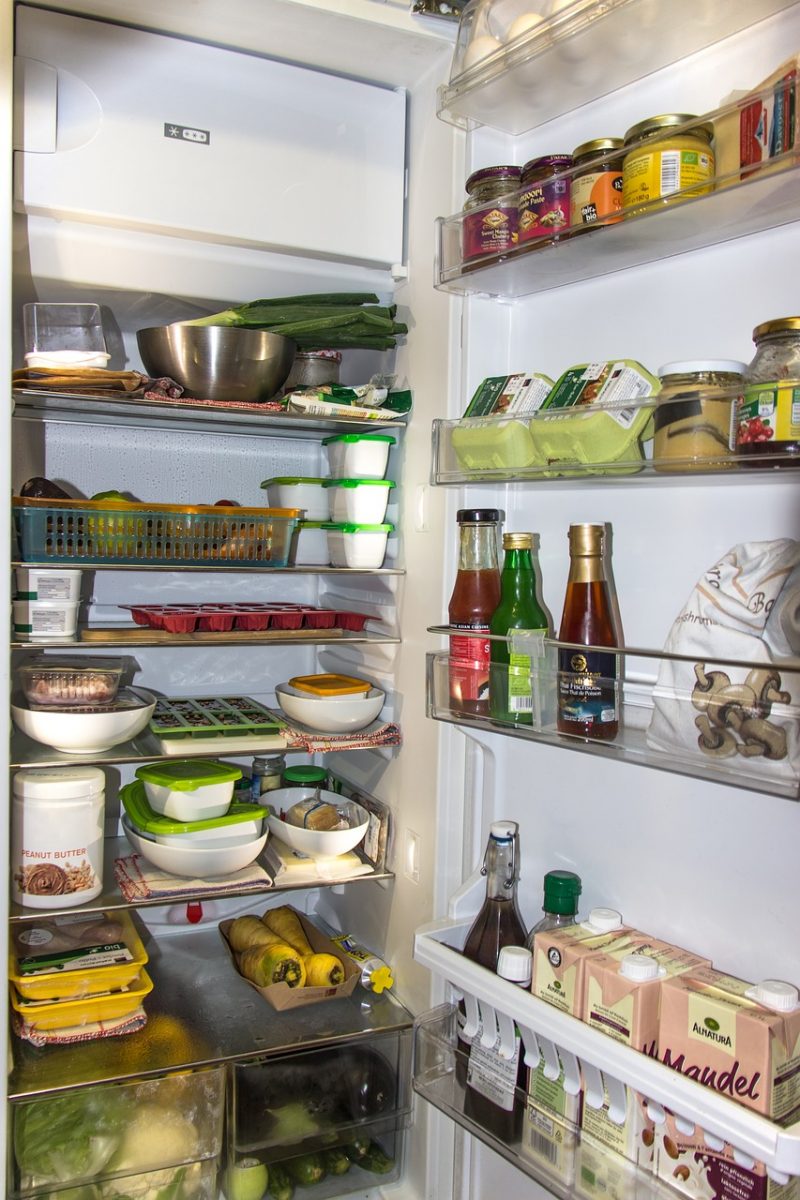
Sterilize your vacuum crevice attachment (hot water, vinegar, rubbing alcohol) and when dry, use it to suck up any dry debris in your fridge, Do not – I repeat – do NOT suction up lettuce, liquids or wet/moist food of any kind into your vacuum cleaner. You can check out these vacuum reviews to learn more. Wash your fridge trays with hot water and Dawn and rinse thoroughly. Use your all-natural cleaning solution on the trays and inside your fridge. Spritz generously but not excessively onto a microfiber cloth, wipe it all down, then dry it all off with a new, clean cloth. Return all items from whence they cane and resume midnight snacking!
Coffee Pots Are People Too
The same solution that cleaned your fridge can do wonders for your coffee pot and coffee maker, too. Run vinegar with some water through the machine to cleanse out spots you can’t reach; spots where moisture and mildew gather. You can let the hot vinegar sit in the pot for up to an hour. The steam will help clean underneath the filter and also help deodorize your kitchen air. Of course you then want to brew a pot of regular, clean water to follow up as a rinsing effect.
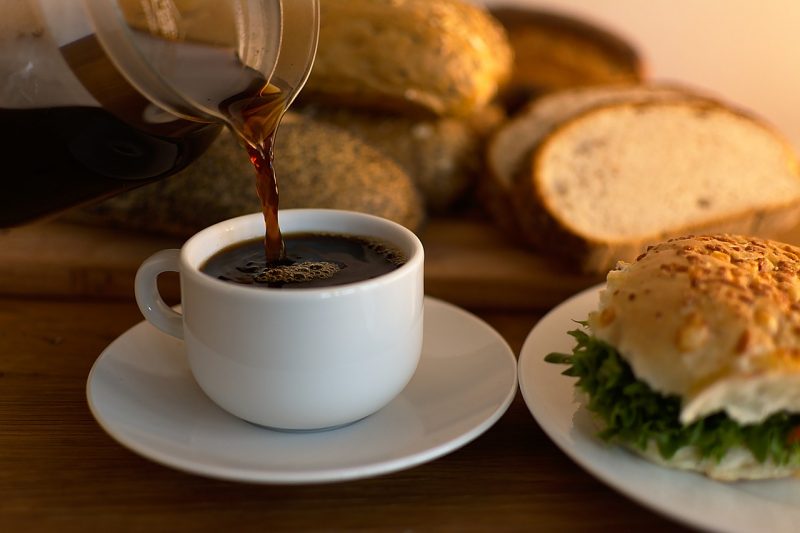
Messy Microwave Mayday
We don’t like to clean them. It’s hard to reach in there and kind of tedious to take out the glass plate and wheel foundation it sits on. But…but we have to. You know what goes in there. You know it all splashes and spritz the sides, top and bottom of your microwave. Even if you’re careful about covering your dishes, food can still leave odors and a moist, sticky residue on the surfaces inside your microwave.
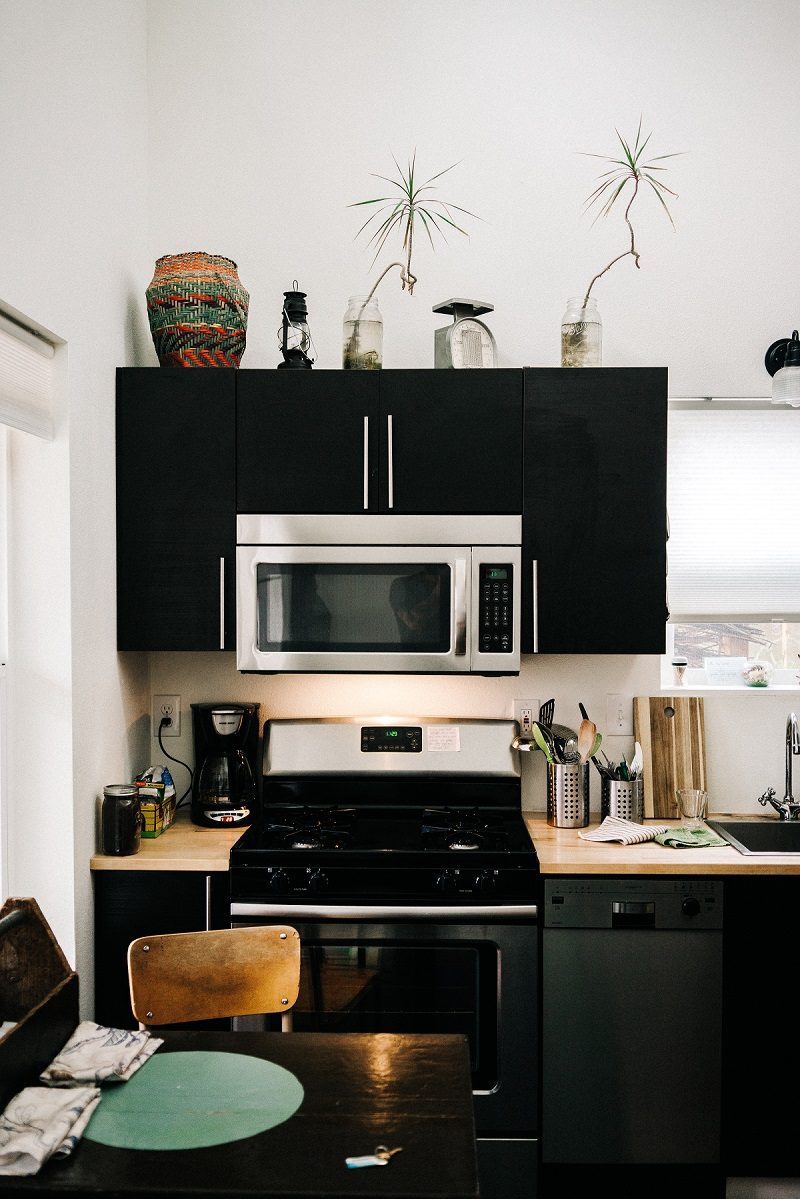
Mix castile soap in water and throw in a slice or two of lemon, peel included. Cook up your concoction on high for a few minutes then let it sit in there and steam it up for as long as you can. Vinegar can tag-in for the lemon slices if need be but lemons will give a better smell.
Ditch Dirt In Your Dishwasher
Instead of washing your dishes – wash your dishwasher once a month. Clean out filters and hoses and sterilize appropriately. To wash out the overall machine, dump some white vinegar and baking soda into your dishwasher and run a full cycle, on hot, without detergent (or dishes, of course). Then run another cycle of just hot water for a thorough rinsing.
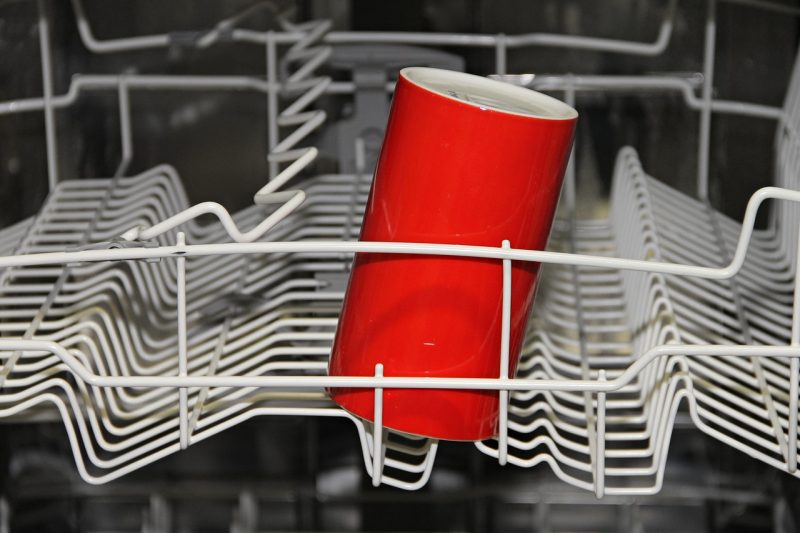
Top Off Your Countertops
*Stone and marble countertops are the exception to this tip.

Brush all crumbs, dirt and debris into your sink with a dry cloth. Then wet a cloth with water, castile soap and baking soda to make a natural and effective cleaning paste. You can add lemon and/or vinegar for counters that have more buildup on them.
Everything AND the Kitchen Sink
Your sink is where all your dirty dishes go. Your sink is where food goes before it gets rinsed down the disposal. Your sink – is dirty. Same solution applies: Water, vinegar, baking soda, lemon and/or essential oils. Only this time, you want to coat the sink with white vinegar 1st then sprinkle the baking soda on top of it. Let it fizz and bubble for awhile then wipe down with a cloth soaked in the solution that has the lemon and/or essential oil in it. Rinse thoroughly and you’ll be able to see your reflection in the stainless steel!
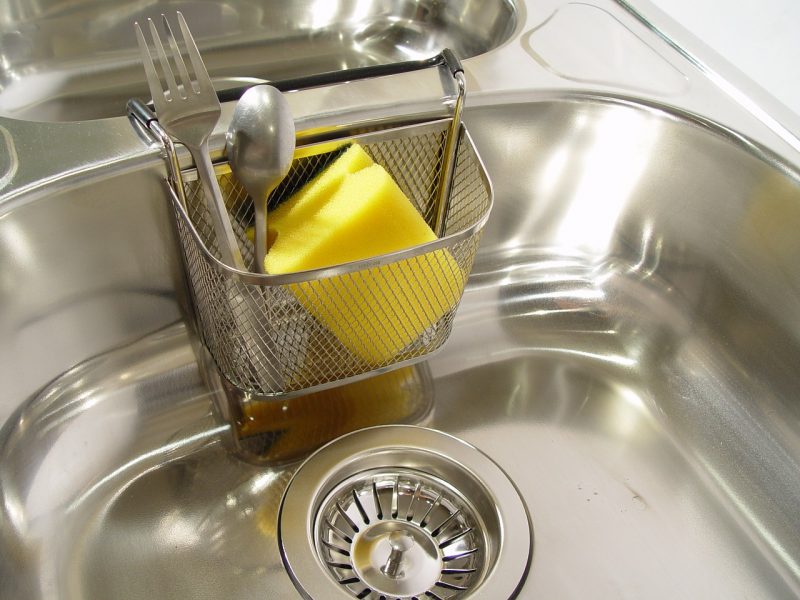
Speaking Of Stainless Steel
Rub white vinegar onto your stainless steel surface with a microfiber cloth. Let that dry. Next, puts some olive oil on a new, clean cloth and wipe the stainless steel with the grain. Follow up by buffing away any excess oil to prevent germs and running. This process will help keep your stainless steel surfaces shiny and fingerprint free.
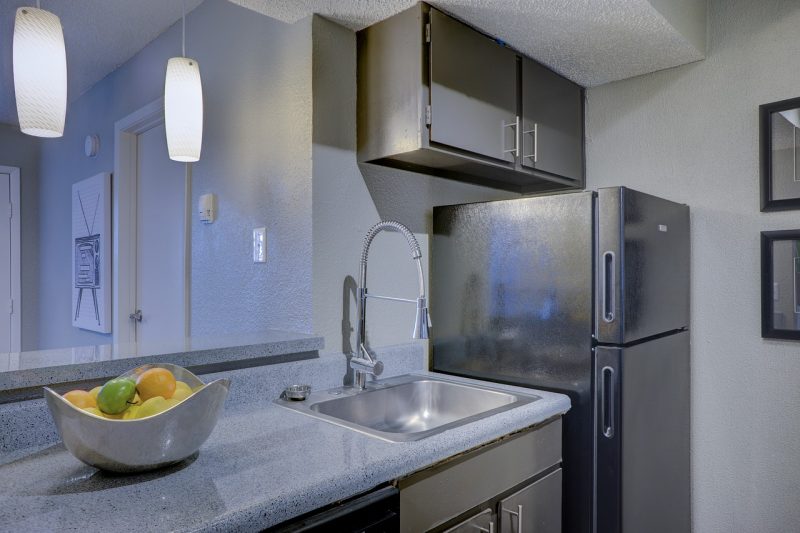
To Mock an Oven Cleaner
Step One: Don’t delay. It’s best to clean up any and all spills in your oven as soon as possible because leaving them unattended to will cause them to harden, and make you life…harder. Even thought you look out for it, some food or sauce is going to splash or drop in there and you’ll have to deal with removing it.

Castile soap, baking soda and vinegar answer the call again. Make a thick paste with those three ingredients and smear it around in your oven with a clean cloth. Let it sit in there for at least 20 minutes. Then use a coarse sponge or clothe that’s wet with hot water and scrub, scrub, scrub away. Use a clean cloth to rinse and wipe away any remaining solution until fully cleared and dry.
Bonus Material:
I talked a bit about essential oils in this article. Clove is actually my favorite, but it’s a little too strong for most common household residents. Tea Tree is likely the most commonly used along with Lavender. There are so many options to choose from, so I thought I’d help you out. Here are a couple links to sites that give you more information about essential oils and what their specific benefits you can read: Benefits of essential oils
Enjoy!









